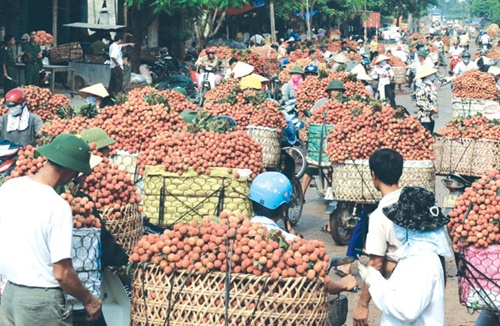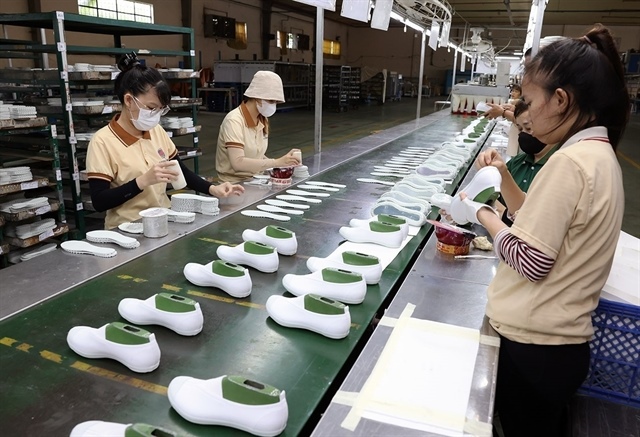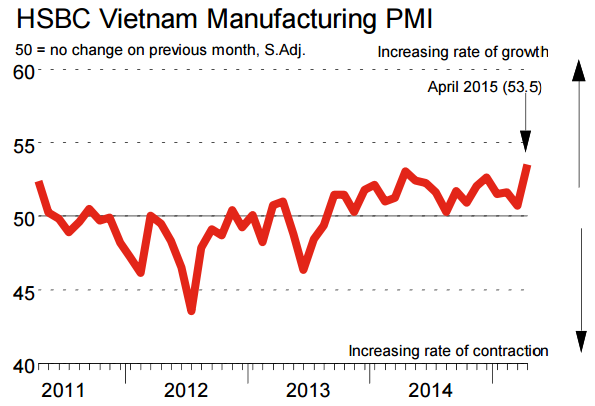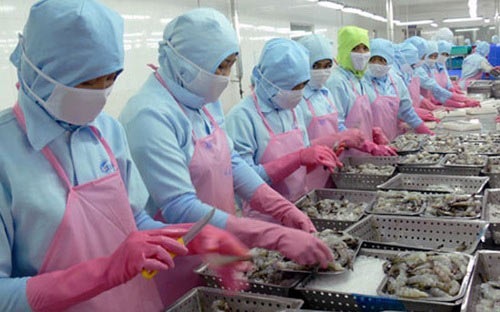Cultivation plans fail to reach farmers
Cultivation plans fail to reach farmers
The nation's agriculture sector needs to bridge the gap that exists between planning and implementation in order to reduce farmers' vulnerabilities to vagaries of the weather and the marketplace, experts say.

At a recent forum on finding markets for agriculture produce hosted on the Government website, experts and authorities agreed that long-term solutions and strategies were needed to better leverage the competitiveness of the nation's agricultural products.
Nguyen Trong Thua, director of the Agro-Forestry Processing and Salt Industry Department under the Ministry of Agriculture and Rural Development, said agricultural plans that earmark which area would grow what kind of crop looked good on paper, but were not implemented effectively.
He said farmers often grew far more than what they could sell because they lacked a long-term perspective, putting them at the mercy of price fluctuations.
Top-down planning is not reaching local farmers, he added.
The Ministry of Agriculture and Planning planned just 10,000ha of macadamia by 2020 in regions with suitable weather conditions, because there was insufficient data for bigger areas, but several thousand hectatres were already cultivation, Thua said.
Nguyen Huu Dung, deputy chairperson of Viet Nam Association of Seafood Exporters and Producers (VASEP), said co-ordination between the Government, scientists, enterprises and farmers was weak.
The responsibilities of the Ministry of Industry and Trade and the Ministry of Agriculture and Rural Development in fostering agricultural value chains overlap each other, and ineffective co-ordination could mean unsold inventories every season, he said.
Deputy Minister of Industry and Trade Tran Tuan Anh agreed that his ministry has to co-ordinate better with the agriculture ministry and foster better connections between enterprises and farmers.
Tuan Anh said the ministry was implementing many measures to improve the situation, including the revamping of domestic distribution channels.
In terms of restructuring the agriculture sector, he said the Government was working to restructure areas towards cultivating products with strong export potential, improve market research as well as dissemination of information, particularly market prices.
More accurate production estimates was also one of the objectives.
The deputy minister said further that the key was to provide proper directions to farmers and connect them to the supply chain.
Information has to get to the farmers, who can't be left to grow whatever they deem right, Tuan Anh said, adding that excessive reliance on traders exacerbates the vulnerability of farmers.
One example of good co-ordination was highlighted at the forum. Last year, officials of the Ministry of Industry and Trade and the Ministry of Agriculture and Rural Development worked closely with authorities in Bac Giang to find buyers for lychees grown in the northern province, generating VND1,600 billion (US$75.5 million) in revenues.
This year, Bac Giang is promoting lychee exports to the US, EU, Japan and the Republic of Korea by implementing a master plan to zone litchi cultivation and ensure compliance with modern quality and hygiene standards.
"Linking businesses with farmers and businesses and businesses with production areas are critical to sustainable development of agriculture," Tuan Anh said.
On April 24, the Australian Department of Agriculture, Fisheries and Foresty opened their doors to Vietnamese lychee.
Australia is the second largest market for Viet Nam's lychee, second only to the US.




















